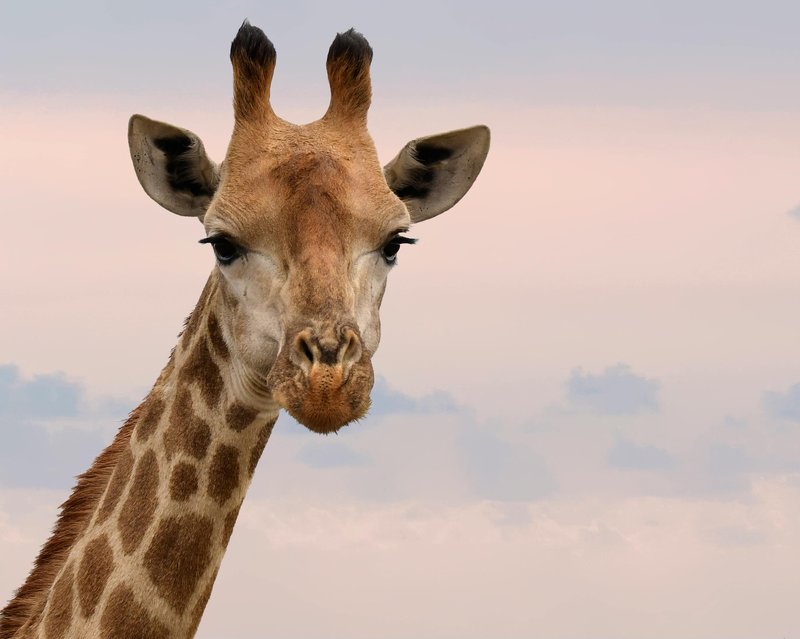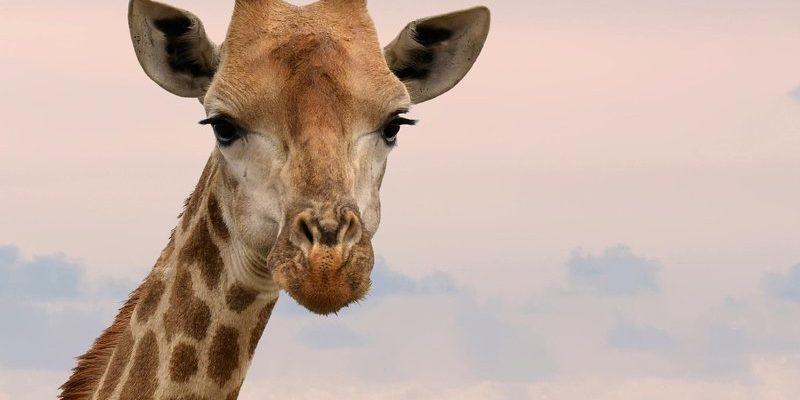
Here’s the thing: While they may look calm and majestic, giraffes are still wild animals with their own behaviors and instincts. That’s why it’s crucial to know how to interact (or not interact) with them safely. This guide is here to help you understand the best ways to appreciate these beautiful creatures from a distance, ensuring both your safety and theirs. Let’s dive into what you need to know!
Understanding Giraffe Behavior
Before we discuss encounters, it’s key to understand how giraffes behave. Often perceived as gentle and friendly, they are still wild animals that can react unpredictably when surprised or threatened. Giraffes communicate through a range of vocalizations, body language, and even scent. They might appear calm while munching on acacia leaves, but don’t let that fool you. Here are a few behavioral traits to keep in mind:
- Social Creatures: Giraffes often roam in herds. Seeing one may mean there are others nearby.
- Surprising Speed: Despite their long legs, giraffes can run surprisingly fast, reaching speeds of up to 37 miles per hour!
- Curious Nature: They have excellent eyesight and can spot you from quite a distance. Their curiosity often drives them to approach, but that doesn’t mean they want interaction.
Understanding these behaviors helps you predict how they might react. If you know what to look for, you can enjoy the encounter without putting yourself or the giraffe in harm’s way.
Stay Calm and Observant
If you find yourself near a giraffe, the first thing to remember is to stay calm. Excitement is natural, but sudden movements can startle them. Instead, take a deep breath and observe the giraffe from a distance. Here are a few tips for staying calm and collected:
1. Keep Your Distance: Ideally, give at least 50 yards of space. This allows the giraffe to feel safe and less threatened by your presence.
2. Stay Quiet: Avoid loud noises or sudden movements. Giraffes have sensitive hearing and can easily become frightened.
3. Use Binoculars: Instead of approaching, bring along a pair of binoculars to get a closer look without intruding on their space.
By observing from afar, you get to appreciate their beauty while keeping the encounter safe and respectful.
What To Avoid During an Encounter
When you spot a giraffe, it’s important to know what not to do. If you want to keep both yourself and the giraffe safe, steer clear of these actions:
- Don’t Approach Too Close: Getting too close can stress the animal and lead to unpredictable behavior.
- Avoid Feeding: While it might seem like a fun idea, feeding wild animals disrupts their natural behaviors and could be harmful.
- No Flash Photography: Bright flashes can startle animals and change their behavior. Instead, take photos in natural light.
Keeping these pointers in mind not only ensures your safety but also fosters a respectful relationship with wildlife.
Understanding Giraffe Habitats
Knowing where giraffes thrive can enhance your experience. They primarily inhabit savannas, grasslands, and open woodlands in Africa. Understanding their habitat helps you appreciate why they are often found in certain areas. Here’s what you should know:
– Feeding Preferences: Giraffes love to munch on leaves from tall trees, particularly acacia trees. This means they often stay in areas where these trees are abundant.
– Water Sources: While they can go long periods without water, giraffes usually need to drink every few days. They often seek out rivers or lakes for hydration.
– Roaming Patterns: Giraffes are generally nomadic, moving in search of food. Knowing their patterns can help you find them more easily during your adventures.
Being aware of their habitat enriches your understanding and makes your wildlife viewing experience even more enjoyable.
Safeguarding Yourself and Others
If you’re in a safari or wildlife park, it’s important to follow the guidelines provided by your guide. They’re trained to understand animal behavior and ensure everyone’s safety. Here’s how to safeguard yourself and your group:
– Stay in Your Vehicle: If you’re on a guided safari, remain inside the vehicle unless specifically instructed otherwise. This keeps you safe and provides a barrier between you and the wildlife.
– Keep Children Close: Always supervise children and make sure they understand to stay quiet and calm during encounters.
– Observe from Safe Areas: Look for designated observation areas where you’re more secure while still being able to enjoy the view.
By following these tips, you not only protect yourself but also contribute to the safety of the giraffe and its habitat.
Respecting Wildlife Regulations
When you’re out in nature, it’s essential to respect the local regulations about wildlife encounters. These rules are put in place to protect both you and the animals. Here are some key points to consider:
– Follow Local Guidelines: Each area may have specific rules regarding how close you can get to wildlife. Pay attention to signage and adhere to these regulations.
– Stay Informed: Take the time to learn about the specific location you’re visiting. Many parks and reserves offer educational sessions that can enhance your understanding of local wildlife.
– Report Any Disturbances: If you notice someone disregarding safety rules, report it to park staff. This helps protect the wildlife we cherish.
Respecting guidelines ensures the health of the ecosystem and promotes a more enjoyable experience for everyone.
Concluding Thoughts on Giraffe Encounters
Encountering a giraffe in the wild is truly a remarkable experience. With their towering height and unique charm, they inspire awe in everyone who sees them. Remember, the key to enjoying these moments is understanding giraffe behavior, staying calm, and respecting regulations.
By following the tips shared in this guide, you’ll be prepared to appreciate every encounter safely and responsibly. So next time you find yourself face-to-face with a giraffe, take a moment to breathe it all in—you’re witnessing a piece of nature’s wonder!

